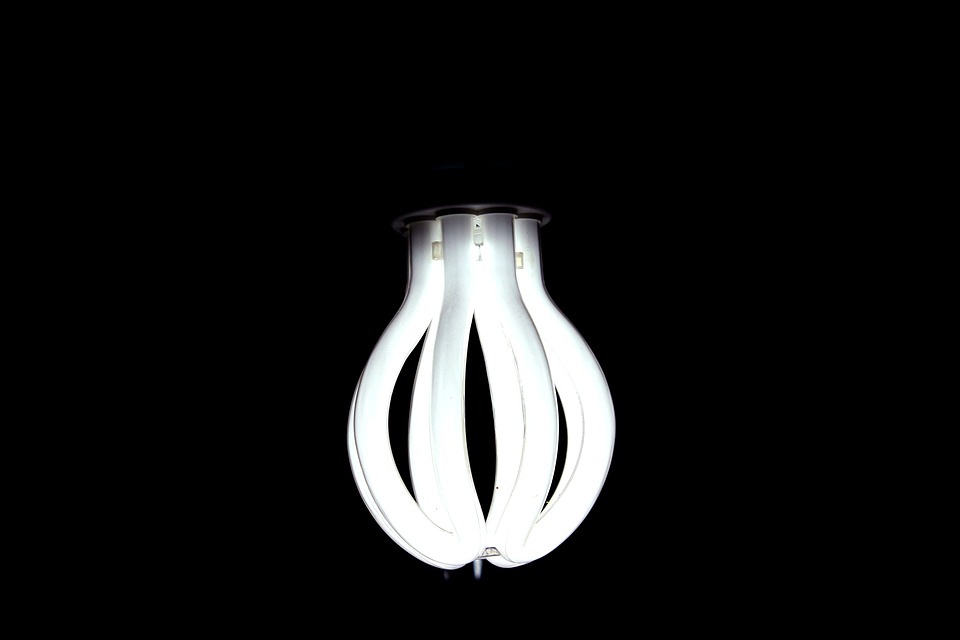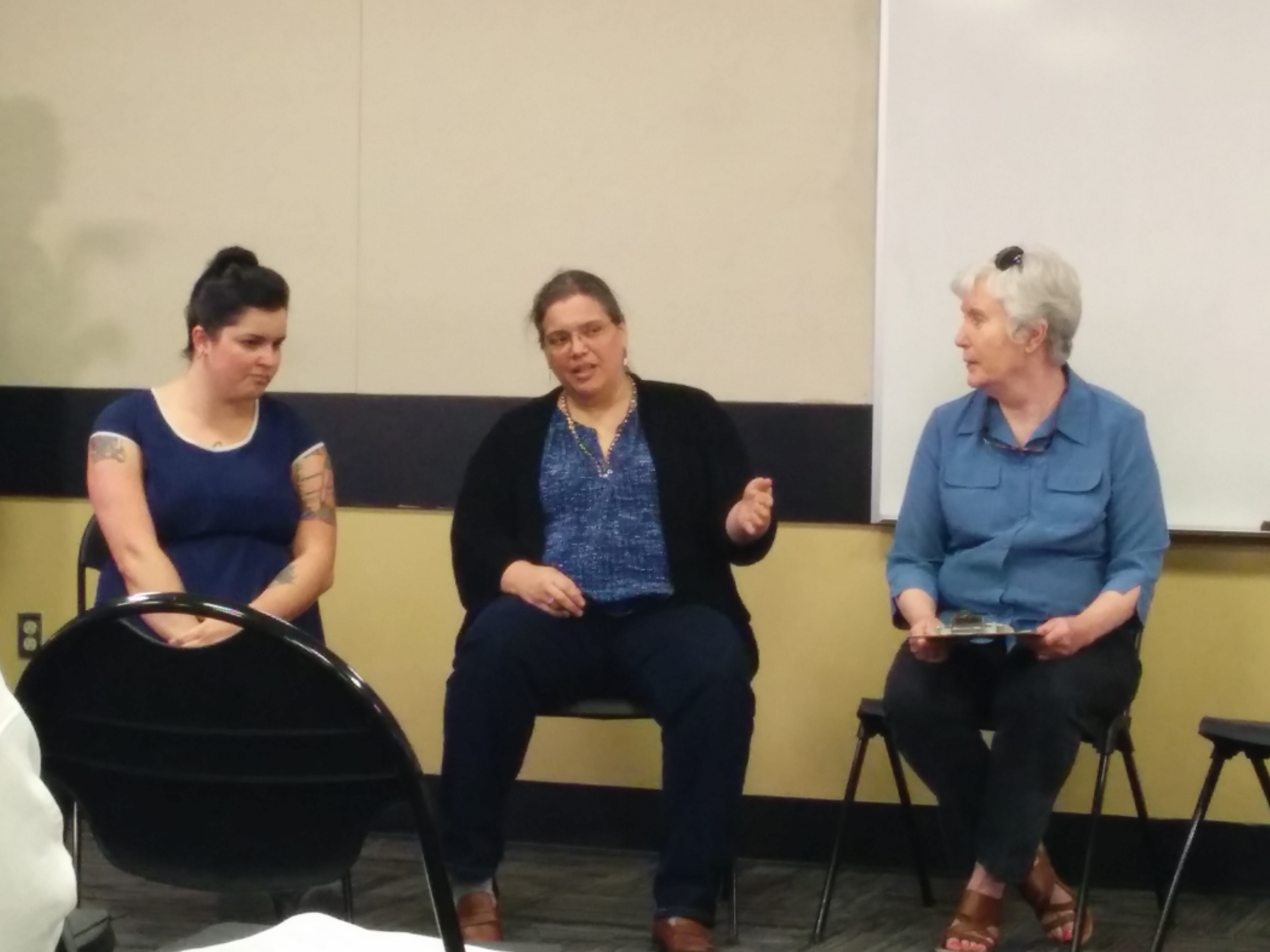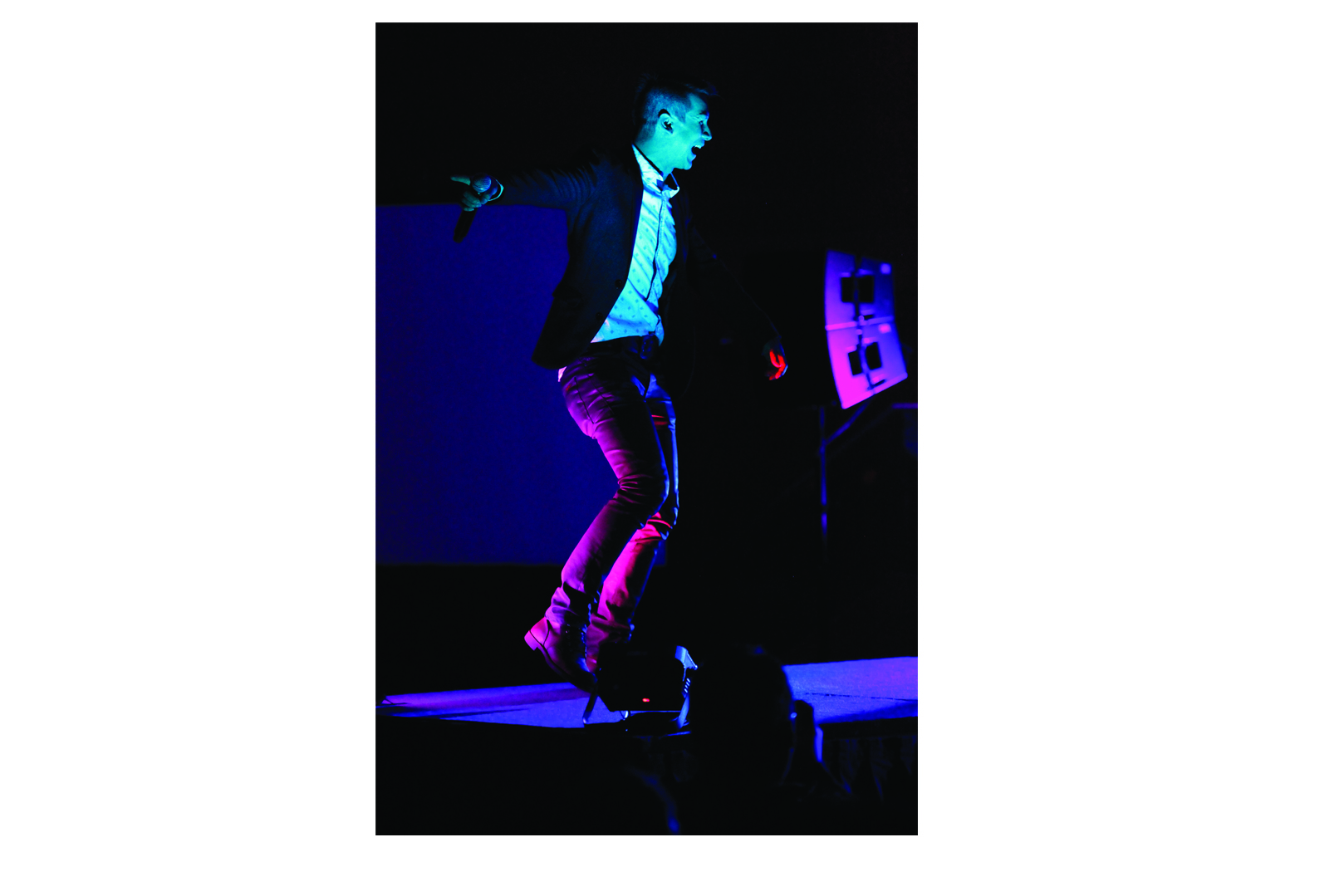The future is in light, according to blue LED inventor and Nobel laureate Dr. Shuji Nakamura.
Portland State hosted Nakamura on Wednesday, June 1 to discuss LEDS, or light-emitting diodes, as well as his work and the future of high-efficiency lighting. The talk nearly filled the main lecture room in Hoffmann Hall, as faculty and students from the physics department and other scientific disciplines gathered to hear Nakamura speak as part of the Mark Gurevitch Memorial Lecture Series.
Nakamura won the Nobel Prize for physics in 2014 for the blue LED, alongside two other Japanese semiconductor scientists. Currently, he teaches in the materials department of the College of Engineering at the University of California, Santa Barbara.
Nakamura began his lecture by describing his own academic background—from his origin in the small town of Ehime, Japan, to his work as an undergraduate and master’s student at the University of Tokushima, a school he frequently referred to as low-ranking. He explained that after earning his master’s degree, he worked for a company called Nichia, trying to develop blue LED technology.
He worked as a research associate at the University of Florida for one year. He moved back to Tokushima to earn a doctoral degree and then returned to Nichia, where his blue LED work went into production in 1993.
“I spent only four years developing the blue LED,” Nakamura said. “Only four years. It’s very easy.”
Materials science master’s student Benito Resendiz said he enjoyed the personal aspect of Nakamura’s lecture.
“You don’t really hear much about people’s lives at the beginning,” Resendiz said. “It was nice to hear him talk about that because mostly you just hear about success and not the journey to get there.”
Nakamura’s LED addition used a compound called gallium nitride. This, combined with phosphor, made part of the blue light yellow. The innovation developed an LED that emitted white light.
“Sunlight is the most friendly light for human beings,” Nakamura said. “We copied the sunlight with LEDs.”
Nakamura’s presentation touched on recent research supporting a link between blue LEDs and disruption in production of melatonin, a chemical that aids in sleep. His company has switched from blue to violet LEDs, which he argued have not been shown to pose health risks in humans.
In addition to Nakamura’s academic and professional background, the lecture also focused on where his LED technology may head in coming years. The invention of an LED that is capable of emitting white light has allowed for many common technologies, Nakamura said, such as “computers, televisions, smartphones, all kinds of games.”
But future applications of this high-efficiency LED may span everything from decorative lights to increased visibility from vehicle headlights, according to Nakamura.
Nakamura also mentioned the use of LEDs in cleanrooms, which are used for scientific research and development. A slide in his presentation showed that plants grown with LEDs in cleanrooms exhibited over two-and-a-half times the growth rate of plants grown under fluorescent lighting, as well as an increased plant yield of 50–90 percent.
LEDs are more efficient than traditional types of lighting such as incandescent and fluorescent bulbs. According to the National Resource Defense Council, a standard 800-lumen LED uses about 10 watts of energy, compared to a 43-watt output by incandescent bulbs and 13-watt output by fluorescents.
Nakamura said approximately 1.5 billion people worldwide lack electricity and lighting, and LEDs can provide a cost-efficient, long term and safe solution to this shortage.
Nakamura also developed the LiFi application, a wireless communication technology that uses light within or outside the normal visible spectrum to transmit data. According to a November 2015 article in International Business Times, New Delhi company Velmenni has run trials of LiFi technology that demonstrate speeds 100 times faster than WiFi.
“LiFi will be available in the future, and the speed is very fast,” Nakamura said, comparing the up-and-coming technology to what is currently available.
Nakamura also worked an environmental component into his lecture, citing that if LEDs continue to be used in products at the same rate they are currently used, by 2020 they could potentially reduce the world’s electricity use by about 60 nuclear power plants.
The lecture left many discussing Nakamura’s work and contributions to the field in the reception that followed.
“I was excited because I’ve never seen a Nobel Prize–winner present before,” Resendiz said.






